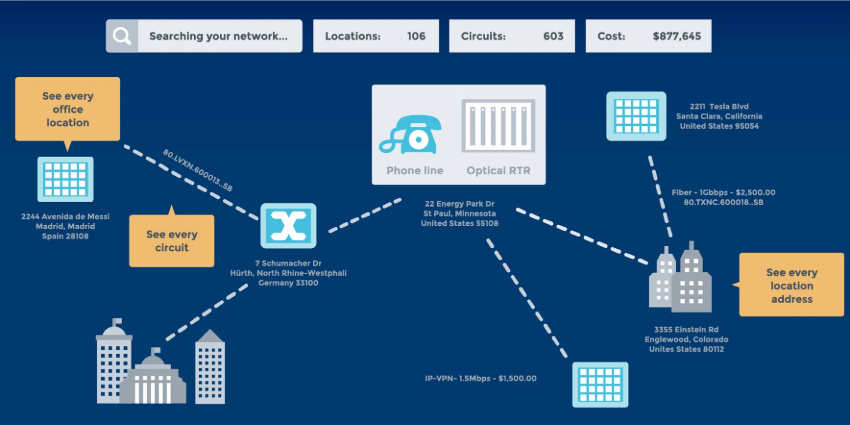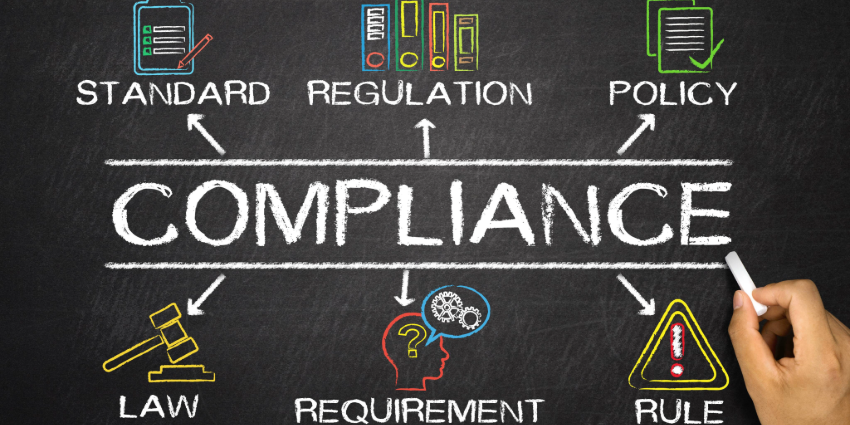Behind every successful Unified Communications deployment, there’s a powerful strategy leading the way. In a large organisation like the modern enterprise, strategy is crucial to paving the way for a smooth transition to UC. After all, while unified communications have a lot of benefits to offer, they also mean re-thinking and re-working your current infrastructure.
When used properly, unified communications allow customers, employees, and partners to connect and collaborate over shared information, or participate in video or audio conferences over a single platform. This offers comprehensive communication regardless of device or location. The right UC strategy makes collaboration and communication far easier than it would be with a separate set of tools that lack interoperability or consistent accessibility. So, how do you plan for the right UC implementation?
1. Work Backwards from your User
User experience or “UX” has become a popular term in the communications world. That’s because it’s impossible to embed the right tools into your communication strategy before you know what your user needs. Your end user is the best indicator of which UC tools will support your enterprise goals. All you need to do is look at the tools they’re already using and ask them which apps and resources they’d prefer to use when given the chance.
There’s a good chance that different enterprise employees in your network will need different tools to support their day-to-day operations. C-level executives might need video conferencing services for instance, while call centre agents benefit from instant messaging.
2. Provide Time for Learning and Discovery
Implementing UC into the enterprise environment means introducing thousands of new users to a selection of diverse tools and strategies. Make sure that you have enough time to figure out the needs of your end-users, how UC is going to benefit your community, and what you need to do to make the transition easier for your employees.
Sometimes, a phased rollout which delivers UC solutions to certain teams within your enterprises, or specific sites one at a time can be helpful. Phasing your introduction means that you can learn from the mistakes that might occur during an initial deployment. Additionally, many IT experts will find it helpful to roll a UC suite out to tech-savvy users first, who can test the system and offer feedback before a blanket implementation.
3. Make Sure your Infrastructure is Ready
Implementing a UC strategy for your enterprise isn’t just about downloading a new set of tools. You might want to make sure that your new UC system integrates with your pre-existing desk phones and hardware, so you don’t have to start from scratch to serve your contact centre agents. On the other hand, you might need to think carefully about new security features and encryption solutions that you’ll need to implement to keep your communications strategy secure.
Think about your existing infrastructure and how it will need to change to support a UC rollout. Your servers, routers, and data connections need to be able to handle increased traffic loads – particularly if you’re planning on additional users to the system at a later point.
4. Opt for Scalability and Interoperability
Finally, enterprise organisations are always evolving and growing to compete in the modern marketplace. With that in mind, you’ll need to make sure that your UC&C strategy not only helps you to make the most out of the technology you have today but also the communications services you might want to implement in the future.
Look for UC services that keep interoperability at the heart of your structure, so that you’re free to create the communication strategy that works for you – regardless of whether you’re making the transition to the cloud, or you prefer to have an optimised hybrid service.







